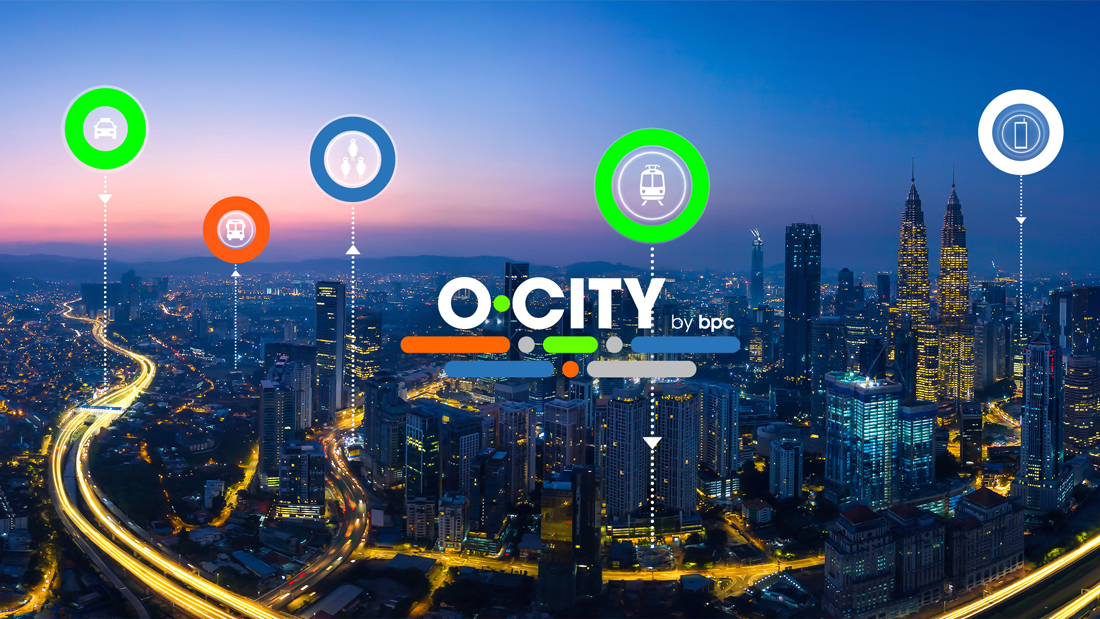Seven benefits of open loop payment technology
Deciding whether to pay with cash or card is becoming an increasingly common question when paying for parking spaces, public transport rides, museum access or medium-value store purchases. A seemingly simple question which in reality hides more more from the subconscious trust towards paying digitally to the underworld of technology. However, consumers do not always have the choice of payment method since the capability to pay using cash or card is usually determined by the operator providing the services.
According to the 2020 Global Mass Transit report, cities - and businesses within these cities - are increasingly moving towards digital payments. This means joining the automated fare collection and open loop industry and letting customers pay with the payment method they already have in their pocket. It is forecasted that by the end of 2025, the global automated fare collection market will be worth more than £20 billion, a compound annual growth rate of more than 10% since 2019.
What is automated fare collection and open-loop technology?
Fare collection has evolved from cash and paper tickets to tokens, smart cards, bank cards and account-based ticketing. Automated fare collection and ticket issuance has introduced considerable benefits to public transport and city service providers as well as their partners and merchants. As technology has progressed, payment systems have evolved from closed-loop payment methods (such as separate transport cards, loyalty cards, and gift cards) to open-loop payment technology, where a customer can pay contactlessly using own bank card and receive the same benefits, such as journey discounts, loyalty points or other offers.
Benefits
Open-loop technology brings many benefits to service operators, government and end-users. Below we look at what makes open-loop technology beneficial for operators, consumers and businesses.
- Pay using any bank card
Open-loop technology allows citizens to use plastic cards to pay for services or journeys made on public transport, which not only simplifies the process of payment for commuters and the other party, but also improves the speed of boarding the vehicle or passing through a turnstile.
- Better security
With the digitisation of payment it has become easier to track fraudulent payments or fraudulent claims for compensation relating to system malfunction, route schedule delay or unsatisfactory service. In addition, most open-loop contactless solutions use EMV technology, which improves transaction security for the end user.
- A mobile app in your pocket
Sometimes it is more convenient to pay using a smartphone rather than searching for a card. With open-loop technology, which enables payment through different devices, it is possible to pay through NFC, by contactlessly taping a mobile on the validator, if the plastic card is linked to the mobile device. This shortens boarding time and improves the security of the end user’s funds in the event of theft or fraud.
- Scalability
Open-loop technology enables transport service operators or city service providers to integrate with new partners and enroll additional customers, as the bank card is already a popular widespread means of payment. This facilitates scaling on many levels from additional routes or extension of fleet to expanding to new locations or creating a unified ticketing platform for an entire country.
- Tangible cost savings
Open-loop technology allows payment using NFC, bank cards,digital wallets, QR codes, RFID or other modern technology devices, shifting the consumer’s preference to cashless economy and contactless payments. Owners of the technology save on operational costs, such as hiring additional cashiers to handle cash or purchasing ticket machines to print paper tickets for customers.
- More transparency
The technology allows all operations made through contactless means to be digitised, allowing the service provider and user to track transactions, changes, balances and rates. For users it represents an improvement in safety and transparency of transactions, while for service providers it is a significant cost-saving mechanism, allowing them to reduce cash processing expenditure.
- Big data, better insights
Lastly, open-loop technology is a step towards big data, where everything and everyone is interconnected in a single unified ecosystem. In this scenario data is exchanged between stakeholders and analysed for customising and personalising products for consumers, be that tariffs modification or segmentation, discounts and offers or other beneficiary programmes.
What does the future hold?
The introduction of open-loop payments has become an attractive option for locations that aim to start smart city transformation and solve public payments problems. ResearchandMarkets estimates the open loop prepaid card market will be worth in excess of $400 billion by 2023 in the United States alone.Every fifth transaction with a bank card on public transport across the world now goes through the O-CITY platform. Contactless technology is being increasingly widely adopted in cities and countries seeking to modernise their payment infrastructure and move to a cashless economy, making them more attractive and competitive especially during the Covid-19 pandemic when contactless payments have become a public health issue.



